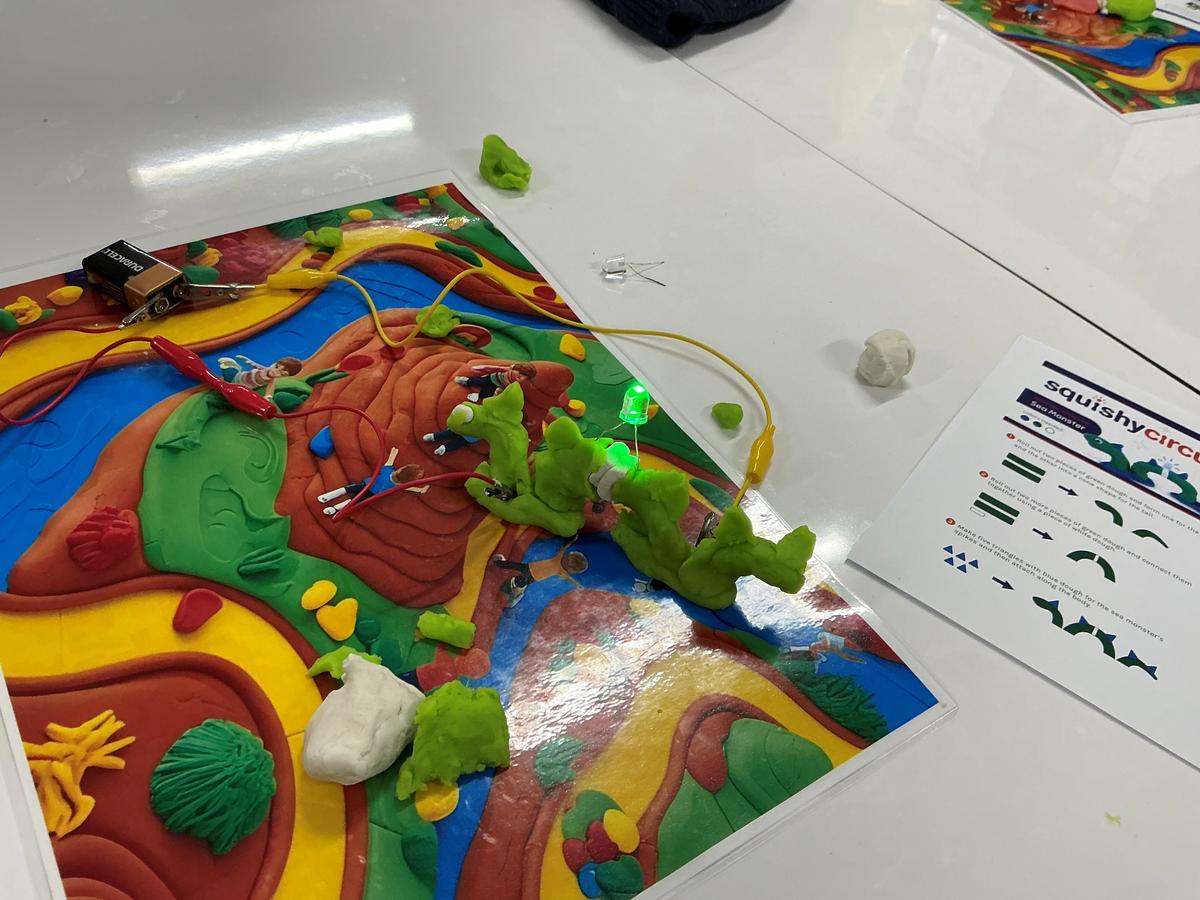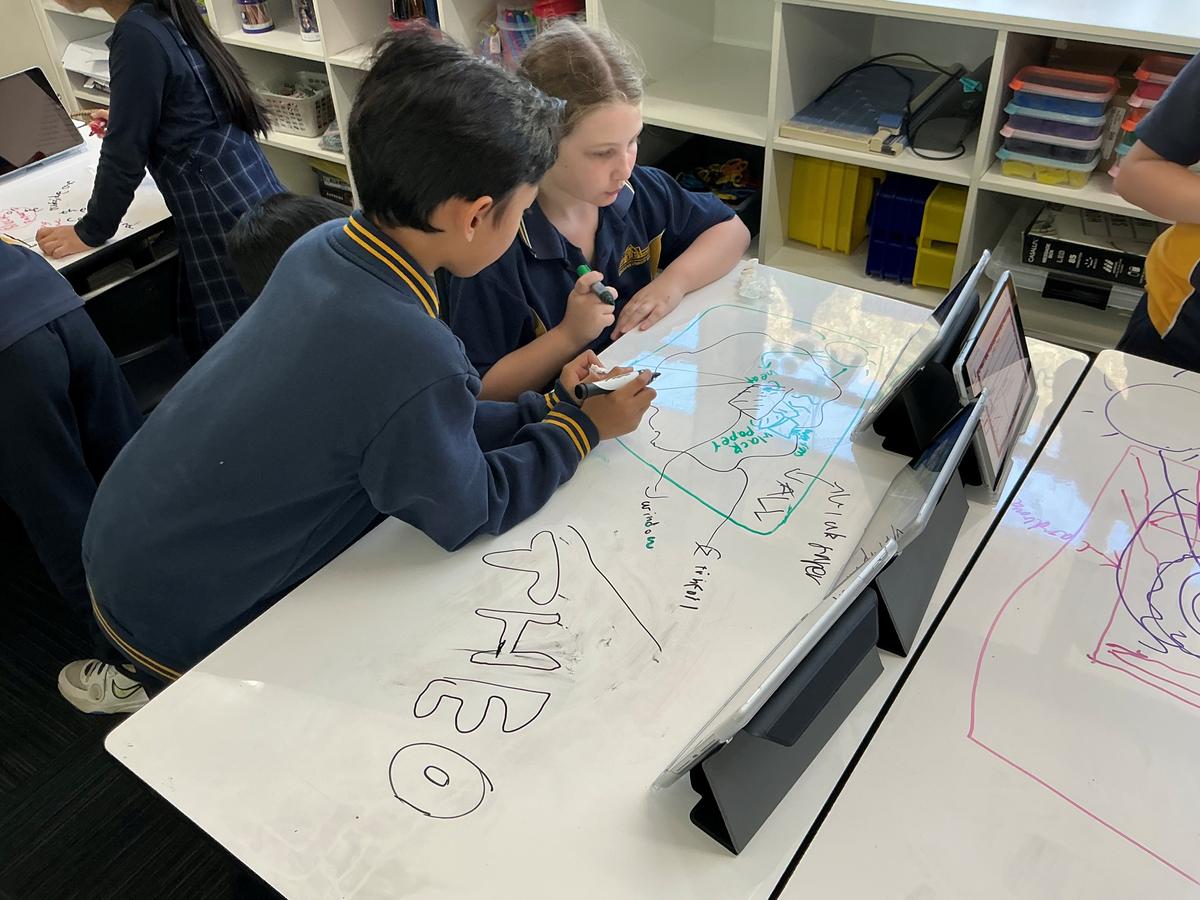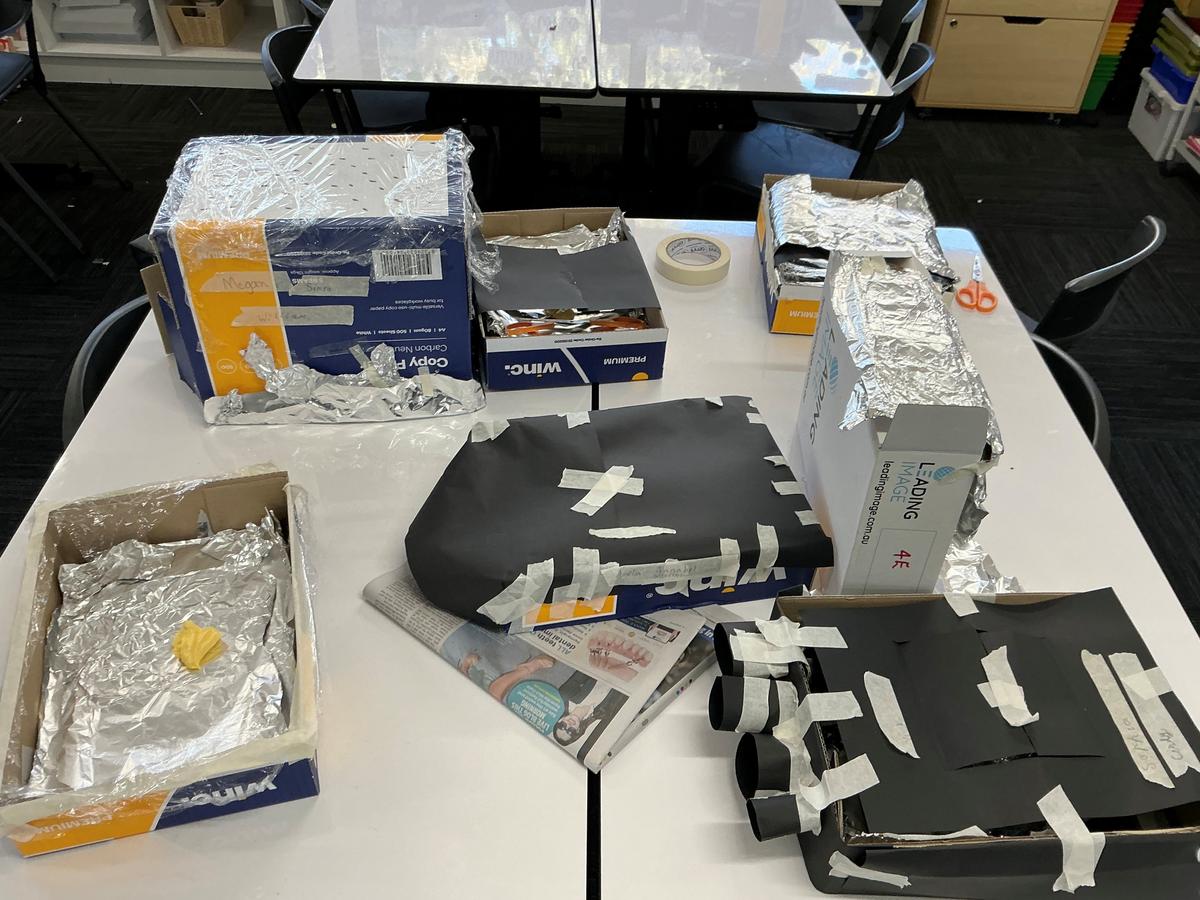Science

Have you ever wondered how a ball bounces, why the sky changes color, or how magnets stick to the fridge? These are the building blocks of Physical Sciences - a fascinating area of learning that helps children understand the world around them. This term, we introduced students to the basics of forces, energy, motion, light, sound, and matter. It’s all about asking questions, making predictions, and discovering how things work through hands-on exploration and fun experiments.
Prep:
We are learning to explore the 5 senses. We recognised that the senses are used to learn about the world around us: our eyes to detect light, our ears to detect sound, touch to feel vibrations, our noses to detect smell and our tongues to detect taste. We conducted a range of different experiements and activities to identify some of the different adjectives they can use to describe the things we sense.
Level 1:
As part of the Physical Science unit, Level One students have been exploring how different sources of light and sound are produced. Students have enjoyed taking walks around the school grounds to explore and learn about different sources of light and sound. To consolidate their learning students have used the iPad and Google Slides to categorise different light sources into: reflects light, man-made or natural, and big sounds with loud vibrations, and quiet sounds with small vibrations. Students have had lots of fun participating in several hands-on investigations to explore how vibrations produce sound.
Level 2:
We are learning to explore simple machines with a major focus on pushes and pulls. We looked at how objects move and changes shape based on these different forces of motion. We then designed their own Rube Goldberg machine which explored creating machines that completed a short task but in a complex way.
Level 3:
We are learning to explore heat. We learnt that heat can be produced in many ways and can move from one object to another; a change in the temperature of an object is related to the gain or loss of heat by the object. We learnt about conduction, convection and radiation. We then went on to work in small groups to design a solar oven exploring how the sun and insulating materials can heat up another object.
Level 4:
We are learning about how forces can be exerted by one object on another through direct contact or from a distance. We explored forces such as push, pull, direct contact, indirect contact, attraction, repulsion, gravity and friction. After exploring these different forces, we then went on to design a forces car course whereby students used different forces to push or pull their car through the race course.
Level 5:
We are learning about how light from a source forms shadows and can be absorbed, reflected and refracted. We classified materials as transparent, opaque or translucent based on the extent to which light passes through them or is absorbed. We also explored how we, as humans, are able to see different objects, shapes and colours based on the direction of light. Using this information, We then went on to design their own shadow puppet shows using a range of different techniques to change the size, angle, clarity and filter of the shadows.
Level 6:
We are learning to understand how energy from a variety of sources can be used to generate electricity and understand that electric circuits how electrical circuits work. We learnt about the different types of electrical circuits including open, closed, series and parallel circuits as well as identifying a range of different conductors and insulators. We then went on to design their own electrical circuits (with the creativity of squishy circuits) to demonstrate their knowledge and understanding.




